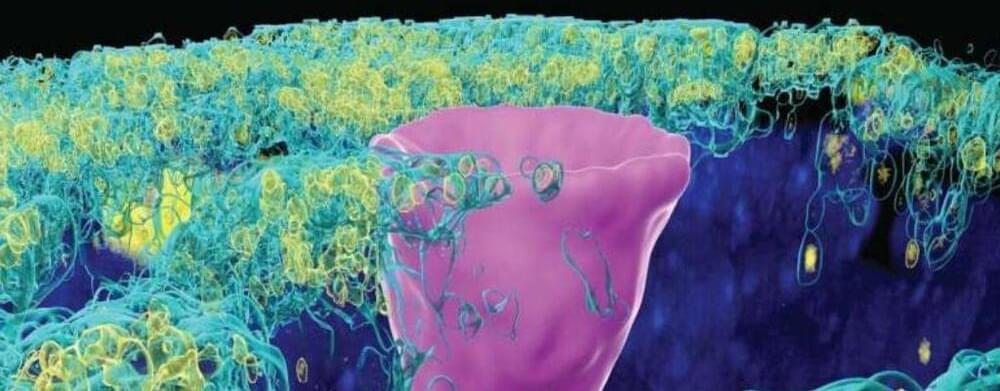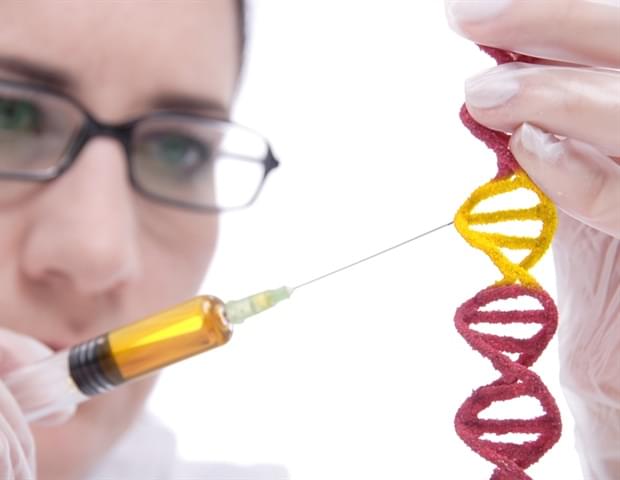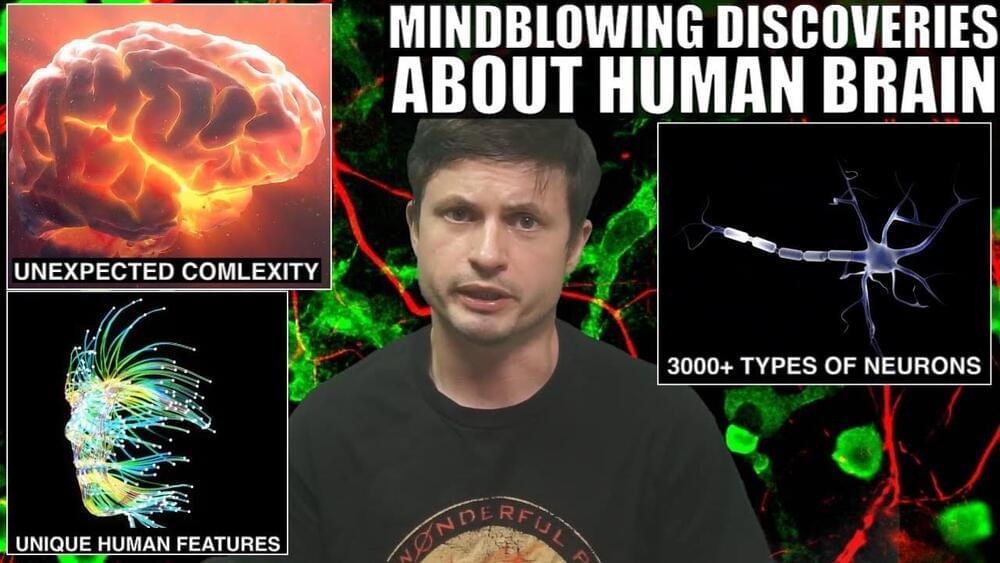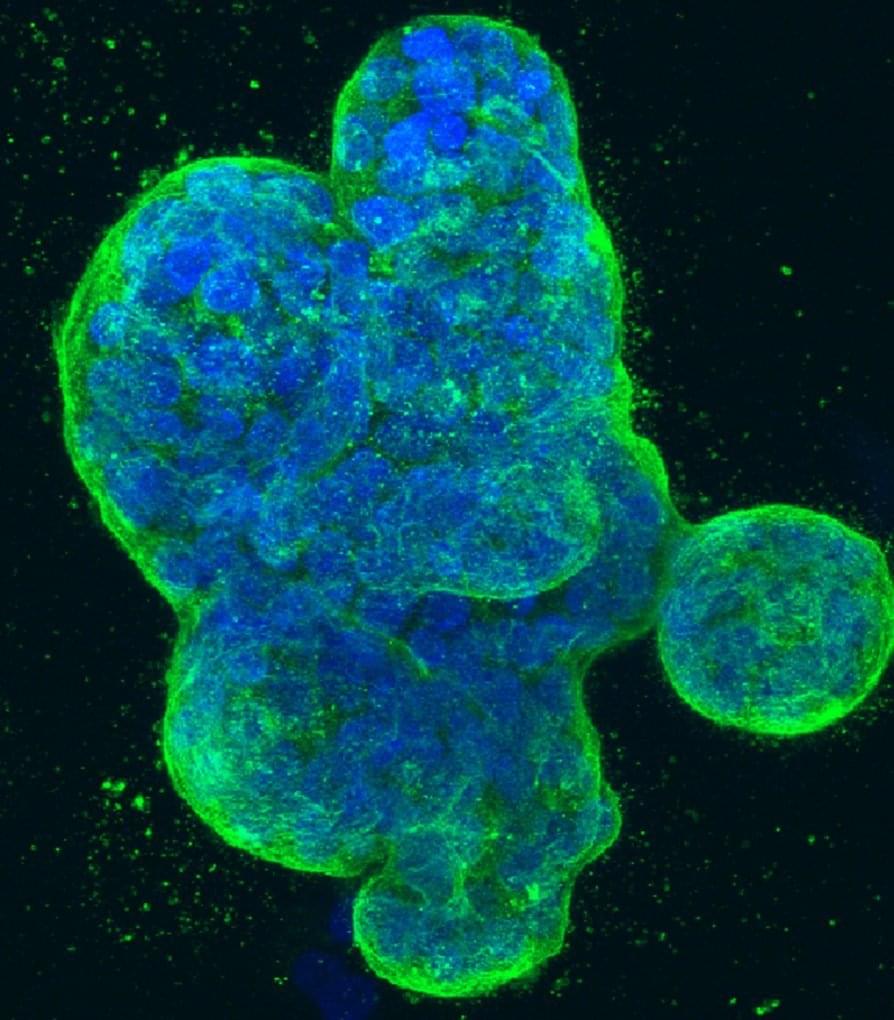Oct 31, 2023
Greener neighborhoods stop us from aging on a genetic level
Posted by Shubham Ghosh Roy in categories: biotech/medical, genetics, life extension
A new study is finding that greener neighborhoods protect telomeres which prevent aging on a genetic level.
The role of telomeres in aging
Telomeres are repetitive sequences of DNA found at the ends of chromosomes that play a crucial role in preserving the integrity and stability of the genetic material within a cell.
Continue reading “Greener neighborhoods stop us from aging on a genetic level” »


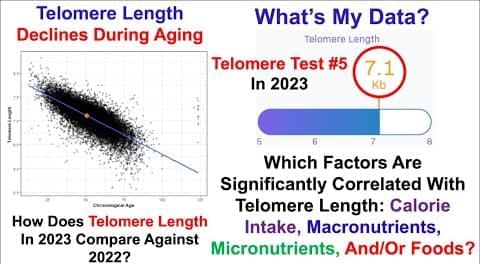

 Fyodor Urnov, PhD, is a pioneer in the field of genome editing and one of the scientists most invested in expanding the availability and utility of CRISPR-based therapies to the broadest possible population. He envisions a world in which genome editing can treat the nearly 400 million people who are suffering from one of the 7,000 diseases brought on by gene mutations.
Fyodor Urnov, PhD, is a pioneer in the field of genome editing and one of the scientists most invested in expanding the availability and utility of CRISPR-based therapies to the broadest possible population. He envisions a world in which genome editing can treat the nearly 400 million people who are suffering from one of the 7,000 diseases brought on by gene mutations.
